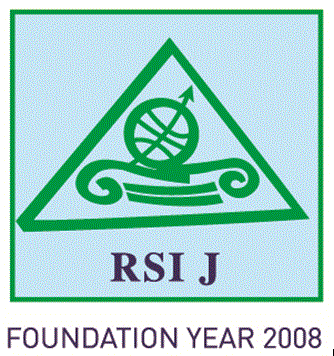Sabyasachi TRIPATHI
Department of Economics, Adamas University, Kolkata, India
Abstract
The present paper analyzes the employment situation in different class of cities in urban India. By focussing on 52 large urban agglomerations in India and using latest unit level National Sample Survey data for the year of 2011-12 on employment and unemployment, it investigates the relevant city specific determinants of city-wise work-force participation rate (WPR). Finally, it reviews the current and past employment policies in India. The analyses show that though urban India has been witnessing an increase in the number of total job opportunities, WPR in the large cities have declined over the years. The regression results show that indicators like city-wise average land owned by a person, city-wise percentage of persons receiving any vocational training, percentage of persons currently registered with any placement agency, city size population and city output growth have a positive effect on city-wise WPR. Finally, the paper suggests that education of the worker, vocational training, and placement agencies are needed for successful job creation in the large agglomerations in India.
Keywords: Urban Agglomeration, employment, urban India
JEL classification: R1, J21
read more
